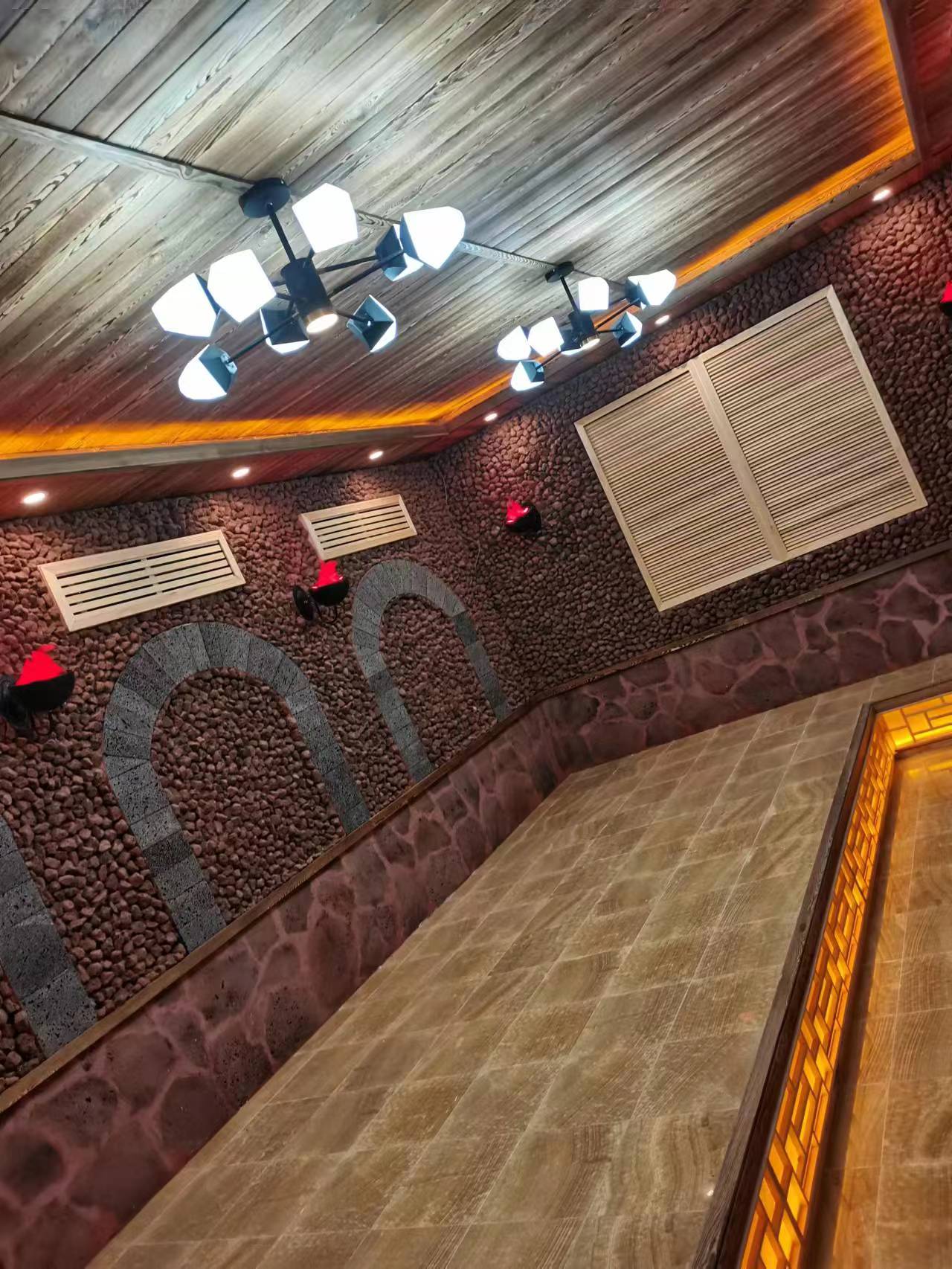
In the southern regions with their particular climatic conditions, the choice of sauna door material plays a crucial role in determining energy efficiency and moisture control within the sauna environment. This article aims to explore the various aspects and implications of different sauna door materials in the context of the South.
In a sauna, maintaining the right temperature and humidity levels is essential for a comfortable and beneficial experience. Energy efficiency ensures that the heat generated within the sauna is retained effectively, reducing the need for excessive energy consumption to maintain the desired temperature. This not only saves on utility costs but also contributes to a more sustainable and environmentally friendly operation.
Moisture control, on the other hand, is vital to prevent excessive condensation and dampness, which can lead to issues such as mold growth, deterioration of the sauna interior, and a less pleasant sauna atmosphere. In the South, where humidity levels are often relatively high, effective moisture control becomes even more critical to ensure the longevity and functionality of the sauna.
In the South, where the climate is typically warm and humid for a significant part of the year, the following factors need to be taken into account when choosing a sauna door material:
The high humidity in the South means that the sauna door material must be able to withstand moisture without deteriorating quickly. Materials that are highly resistant to mold, mildew, and warping, such as properly treated wood or moisture-resistant plastic/composite materials, are more suitable. Glass doors need to have effective anti-condensation measures to prevent water droplets from forming and causing problems.
The temperature differences between the inside and outside of the sauna can be significant, especially in the South where outdoor temperatures may be relatively high. Doors made of materials with good thermal stability and insulation properties, such as insulated glass or high-quality wood, can better maintain the desired sauna temperature and reduce energy loss due to heat transfer.
The choice of sauna door material also often depends on the overall aesthetic of the sauna and the surrounding environment. Glass doors can create a modern and open look, allowing for a view of the sauna interior. Wood doors offer a more natural and rustic appearance, which may be preferred in some settings. Plastic or composite materials may provide a more budget-friendly option while still fulfilling the basic requirements of energy efficiency and moisture control.
Different materials require different levels of maintenance. Wood doors need regular sealing and staining to protect against moisture and maintain their appearance. Glass doors need to be cleaned regularly to remove condensation and maintain visibility. Plastic or composite materials are generally easier to clean and maintain but may need to be replaced over time if they degrade due to exposure to high temperatures or sunlight.
The choice of sauna door material in the South has a significant impact on energy efficiency and moisture control. Each material - glass, wood, and plastic/composite - has its own advantages and disadvantages. When making a decision, it is essential to consider the local climate conditions, aesthetic preferences, and maintenance requirements. By carefully evaluating these factors and selecting the appropriate sauna door material, it is possible to create a sauna environment that is not only energy-efficient and moisture-controlled but also enjoyable and long-lasting. Whether it's the elegance of glass, the natural charm of wood, or the practicality of plastic/composite materials, the right choice can enhance the sauna experience and contribute to the overall functionality and comfort of the space in the southern context.

